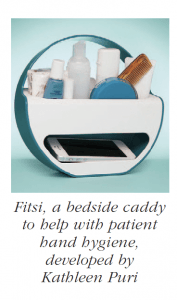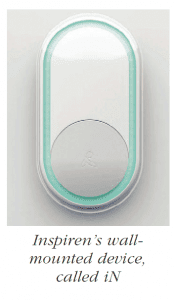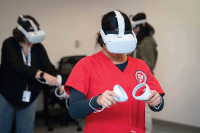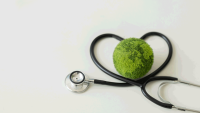Nurse-led innovation continues to unfold.
The American Nurses Association (ANA) Innovation Awards, powered by support from BD, highlight, recognize, and celebrate exemplary nurse-led innovation that improves patient safety and outcomes. Here’s an update from the inaugural recipients.
Individual award


Since receiving the Innovation Award, Fitsi Health (founded by Puri) has been focused on developing tools to build industry-wide standards for patient hand hygiene. Most hospitals have protocols related to healthcare worker hand hygiene, but few have an established process for patients. Research indicates that patients don’t clean their hands enough while in the hospital; frequently, they’re the “missing piece” in infection prevention efforts. Regular patient hand hygiene is the simple solution.
Creating tools to help hospitals increase patient hand hygiene frequency is the first step to systematic improvement. To this end, Fitsi Health is working with the Patient Safety Movement Foundation and other safety organizations to develop, distribute, and promote tools for patient hand hygiene.
Fitsi also collaborates with the Healthcare Infections Transmissions Systems Consortium to educate the industry on the importance of patient hand hygiene. A white paper is currently in development and will be the foundation for presentations at conferences.
Team award


Inspiren’s platform aggregates data from iN, internet of things (IoT) devices, and other clinical systems to help hospitals achieve a 360-degree view of care delivery. Visibility into real-time staff activity, patient behavior, and trending data helps organizations implement focused initiatives that drive behavior and measure execution. Inspiren automates rounding, bedside reporting, and other clinical activity documentation to ensure staff focus their time on what matters most—the patient.
Inspiren technology was implemented as a pilot on two units within a leading hospital network. Throughout the 8-month pilot, research was conducted to test for statistically significant improvements in outcome measures (Sun and colleagues, manuscript in preparation). The results suggest:
- increases in hourly rounding and bedside reporting
- reductions in call bell volume due to increased rounding
- improved call bell response times due to call bell alerts on mobile devices
- substantial decreases in falls on both units
- increases in percentage of patients responding “always” to the follow-up survey question, “Call button help soon as wanted it.”
The ANA Innovation Award funding was used to install hardware, test software, train nursing staff, and continue to enhance product features based on nursing feedback.




















